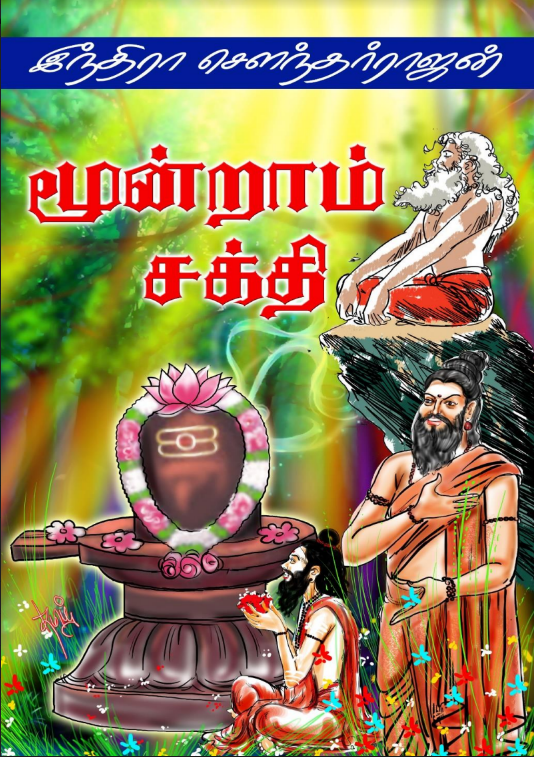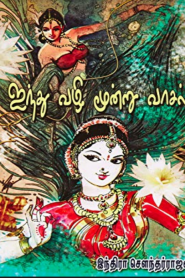
Hallucinatory experiences, emotional and behavioural symptomsĬross-sectional studies have documented positive associations between hallucinatory experiences and a range of concurrent emotional and behavioural symptoms and disorders in children and young people ( Reference Jardri, Bartels-Velthuis and DebbaneJardri 2014). Overall, about 10% of children and young people in the general population report some type of hallucinatory experience ( Reference Linscott and van OsLinscott 2013 Reference Jardri, Bartels-Velthuis and DebbaneJardri 2014). Epidemiological questionnaires have used questions such as ‘Have you ever heard voices or sounds that no one else can hear?’ or ‘Have you ever heard voices when you were alone?’, which target a continuum of experience from single noises or words more in line with hallucinatory experiences to clinically relevant ongoing conversing voices. Epidemiological studies have explored their presence through questions that identify both clinical hallucinations (that fulfil the above criteria for the definition of hallucinations and cause distress and functional impairment significant enough to lead to help-seeking) and broader hallucinatory experiences (that do not cause sufficient distress or impairment to lead to help-seeking). Following the hypothesis of the continuum of psychopathology and medical help-seeking, psychopathological features would be present in the general population, although in an attenuated and/or isolated form and with lower levels of distress and impairment not leading to need for care. Over recent years it has become evident that hallucinatory experiences are common in general adult and child populations. Taking into account the presence or absence of external stimuli, and the level of consciousness, a variety of perception distortions are defined ( Table 1) ( Reference Casey and BrendanCasey 2007). Human perception can be distorted in different ways. Sensations are interpreted as perceptions and processed into inner representations mediated by complex cognitive processing in the brain, involving the optimal combination of new sensory inputs with prior knowledge ( Reference Jardri, Bartels-Velthuis and DebbaneJardri 2014).
#Indra soundar rajan books how to#
Know how to conduct clinical assessments of children and young people presenting with hallucinatory experiences, taking into account developmental considerationsīe able to recognise the characteristics and clinical associations of hallucinations in children with psychotic and/or non-psychotic disorders and understand the therapeutic implicationsįrom the earliest stages of life, the experiences of smelling, touching, tasting, hearing and seeing are the front door through which babies relate to the world that surrounds them. Historian and INTACH member Vani C Chenguttuwan, Madurai government museum curator, A Periyasamy, radio jockey Selvageetha and Reflin’s father Edwin also took part.Be aware of the frequency, associations and clinical significance of hallucinatory experiences in general populations of children and young people I am happy that Reflin has taken effort to document the historical monuments, which get ruined in the hands of vandals,” he said. Indra soundar Rajan, who presided over the book release function said “Nowadays, only a few women chose writing and journalism field. It took three months’ time to come up with the book,” E Reflin said. I wanted to document Tirupparankundram hills since it has many cultural and natural aspects. “I started using a camera at the age of five. Francis Publications in Madurai has published the book.

She used a Canon DSLR and clicked around 6000 photographs and meticulously selected the 225 photos.

She has covered all aspects of the hill including rock cut temple, the famous Subramaniya Swami temple, centuries-old Jain beds and sculptures and lesser-known Sikandar Badushah Darga and its rituals. For instance, the 15th chapter describes the rich biodiversity, focusing on flora, fauna and insects.


The book has 16 chapters, each dealing with various aspects of the hillock. The coffee table book, which runs up to 100 pages, has 225 colourful photos. The photography book titled ‘Other Face of Thirupparankundram’ was released on Sunday by noted novelist Indra Soundar Rajan. E Reflin has already got two books- a short story collection and novel- released at the age of 10 and 12 respectively, to her credit. This time, it is a photography book, covering various aspects of Tiruppankundram hillock and its surroundings. MADURAI: A 13-year-old girl, studying in class VIII, has released her third book.


 0 kommentar(er)
0 kommentar(er)
